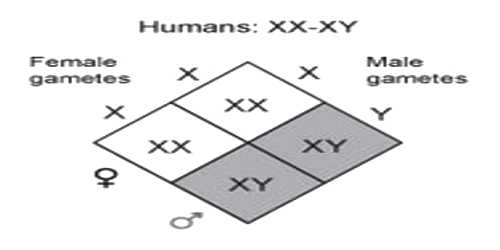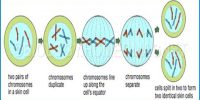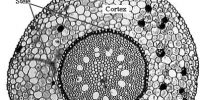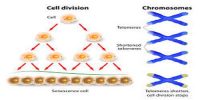Chromosomes are extended, segments of genes that hold heredity information. They are composed of DNA and proteins and are situated within the nucleus of our cells. Chromosomes settle on everything from hair color and eye color to sex.
Human cells include 23 pairs of chromosomes for a overall of 46. There are 22 pairs of autosomes (non-sex chromosomes) and one pair of sex chromosomes. The sex chromosomes are the X chromosome and the Y chromosome. In human beings there are 23 pairs of chromosome. Among them 22 pairs are alike in both male and female, these are Autosomes, AA. Members of the residual pair of chromosome are dissimilar in male and female. This pair of chromosome decides the sex of human beings. As they settle on the sex, so they are called X and y sex chromosome or sex determining chromosome. The male gamete, called the spermatozoan, is relatively motile and typically has a flagellum. The female gamete, called the ovum, is nonmotile and comparatively huge in similarity to the male gamete. When the haploid male and female gametes unite in a procedure called fertilization, they grow into what is called a zygote. The zygote is diploid, meaning that it contains two sets of chromosomes.

The male gametes or sperm cells in humans and other mammals are heterogametic and enclose one of two types of sex chromosomes. Sperm cells carry either an X or Y sex chromosome. One of the sex chromosomes is X chromosome and the other is Y chromosome. If the sex chromosome pair is XY, the child will be male, and if it is XX, the child will be female. In Drosophylla (a fly) also XX signify female and XY male. So in case of determining the sex, the role of X and Y chromosome is essential.
The effects of genes carried only on the Y chromosome are, of course, expressed only in males. Most of these genes are the so-called maleness determiners, which are essential for growth of the testes in the fetus. Numerous disorders are known to be linked with irregular numbers of sex chromosomes. Turner’s syndrome and Klinefelter’s syndrome are among the most familiar of these.















